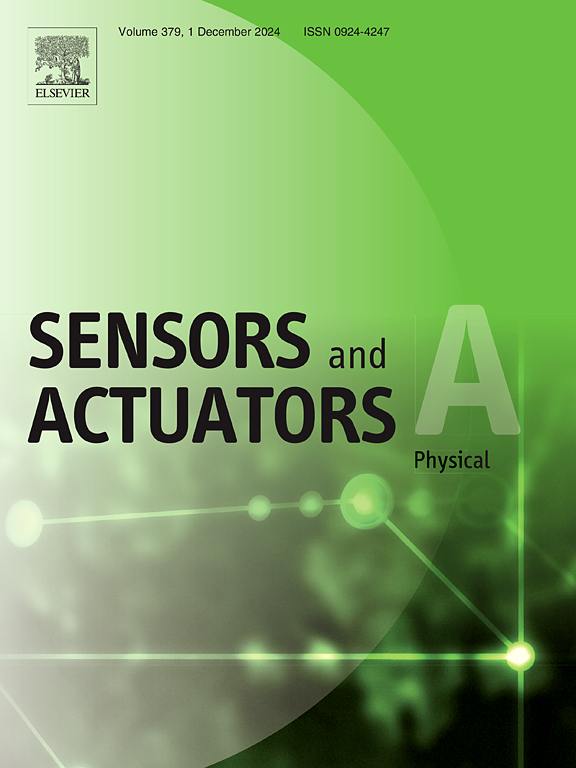Underwater fixed position control of an ionic polymer metal composite actuator with tunable perturbation through the pulse width modulation driving scheme and feedforward hysteresis compensation
IF 4.1
3区 工程技术
Q2 ENGINEERING, ELECTRICAL & ELECTRONIC
引用次数: 0
Abstract
Although diversified control schemes have been reported for ionic-polymer metal composites (IPMC) actuators, maneuvering the IPMC actuator in a static position with a large displacement for a long time is still challenging because of its highly intrinsic non-linear and hysteresis characteristics. Instead of using a complex model, a simple and systematic control scheme based on the pulse width modulation (PWM) driving signal and feedforward compensation was first reported to solve this issue. We present the fabrication of the tested IPMC actuator and ensure its continuous alternative motion of amplitude 8 mm for more than 20 min. The fixed position control methodology is sequentially applied: examining the unipolar PWM signal test to find the optimal driving frequency, characterizing the delayed time and displacement by bipolar PWM signal, and performing closed-loop feedforward control of the IPMC actuator with optimal frequency bipolar PWM signal and delayed displacement compensation. Furthermore, a novel scheme was created to predict the occurrence of the well-known perplexing back-relaxation behavior of the IPMC actuator by simply processing the control signal. With this control methodology, the underwater fixed position control in the range of ±4 mm, control time for 8 min, and above 50 % position error improvement compared to that without feedforward compensation have been demonstrated. The control results also show that the perturbation amplitude of the IPMC actuator around the setting position can be tuned. This control methodology paves the way for the versatile and practical operation of IPMC actuators.
求助全文
约1分钟内获得全文
求助全文
来源期刊

Sensors and Actuators A-physical
工程技术-工程:电子与电气
CiteScore
8.10
自引率
6.50%
发文量
630
审稿时长
49 days
期刊介绍:
Sensors and Actuators A: Physical brings together multidisciplinary interests in one journal entirely devoted to disseminating information on all aspects of research and development of solid-state devices for transducing physical signals. Sensors and Actuators A: Physical regularly publishes original papers, letters to the Editors and from time to time invited review articles within the following device areas:
• Fundamentals and Physics, such as: classification of effects, physical effects, measurement theory, modelling of sensors, measurement standards, measurement errors, units and constants, time and frequency measurement. Modeling papers should bring new modeling techniques to the field and be supported by experimental results.
• Materials and their Processing, such as: piezoelectric materials, polymers, metal oxides, III-V and II-VI semiconductors, thick and thin films, optical glass fibres, amorphous, polycrystalline and monocrystalline silicon.
• Optoelectronic sensors, such as: photovoltaic diodes, photoconductors, photodiodes, phototransistors, positron-sensitive photodetectors, optoisolators, photodiode arrays, charge-coupled devices, light-emitting diodes, injection lasers and liquid-crystal displays.
• Mechanical sensors, such as: metallic, thin-film and semiconductor strain gauges, diffused silicon pressure sensors, silicon accelerometers, solid-state displacement transducers, piezo junction devices, piezoelectric field-effect transducers (PiFETs), tunnel-diode strain sensors, surface acoustic wave devices, silicon micromechanical switches, solid-state flow meters and electronic flow controllers.
Etc...
 求助内容:
求助内容: 应助结果提醒方式:
应助结果提醒方式:


